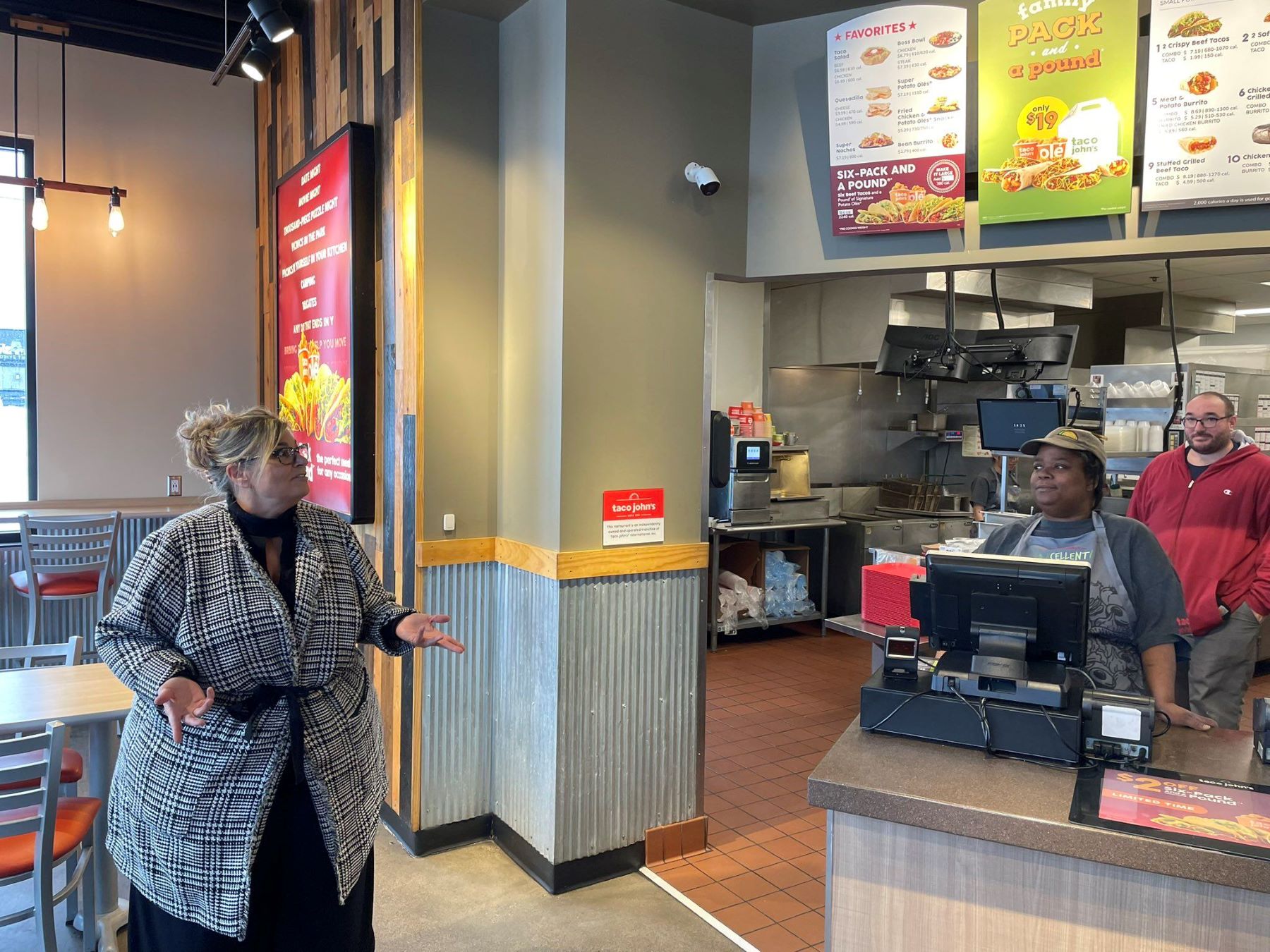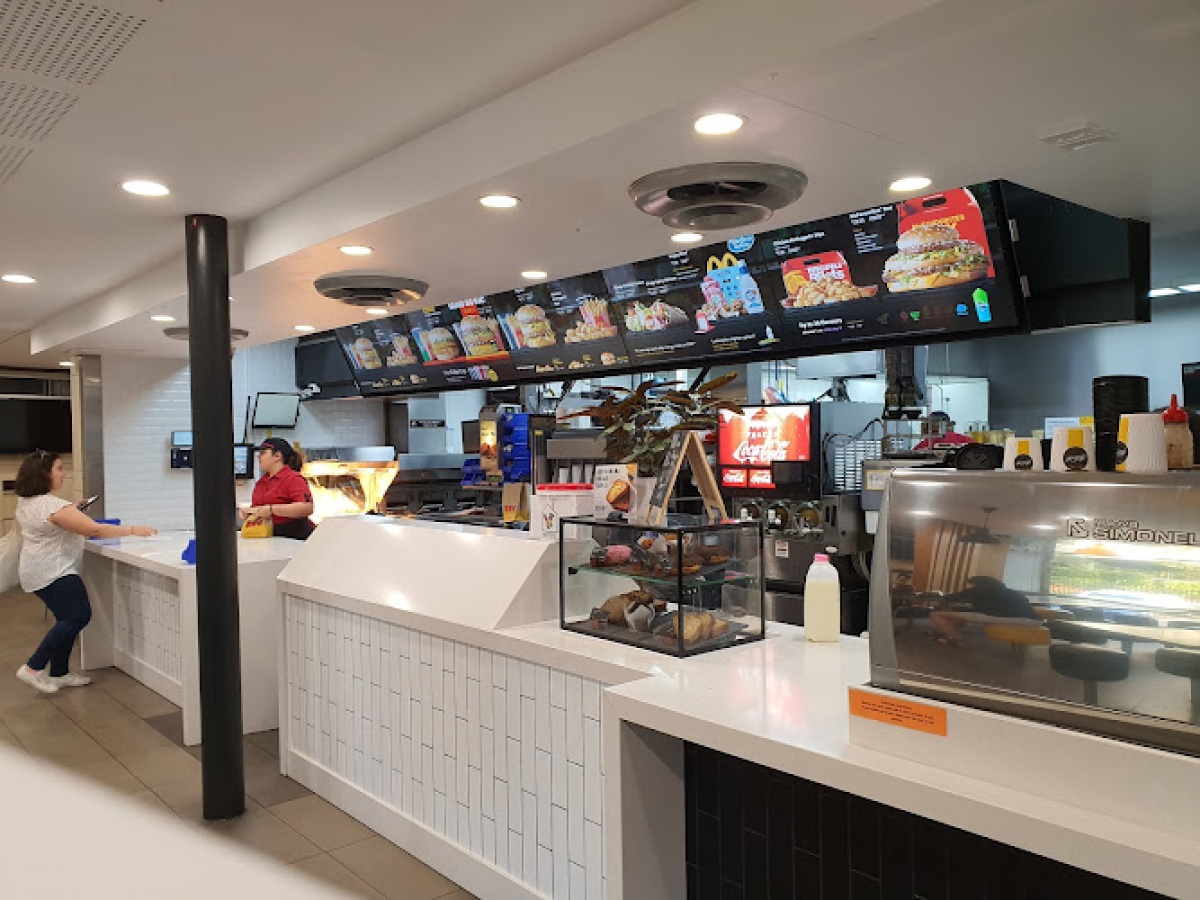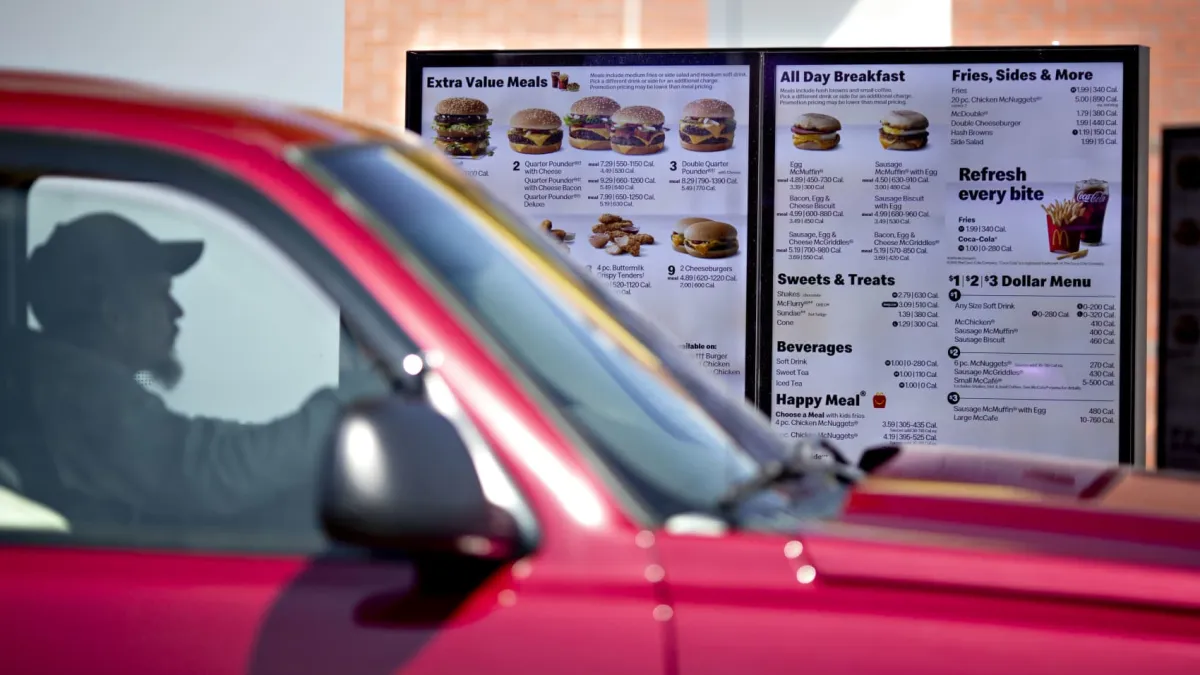In the bustling world of fast-food, where convenience meets budget, a subtle yet significant shift is occurring. Fast-food giants like McDonald’s, Wendy’s, and Burger King are reintroducing value meals to their menus, but there’s a twist—they’re available only for a limited time. This strategy, seemingly a response to the inflation-weary wallets of consumers, offers items such as McDonald’s $5 value menu and Wendy’s $3 breakfast deal. But why the limitation?
Shubhranshu Singh, an associate professor of marketing at Johns Hopkins Carey Business School, offers insight into this trend. “That $5 meal is not an item that can be a permanent part of the menu; the cost has gone up so much that if franchisees are going to sell $5 value meals, they will lose money on every customer that buys them,” explains Singh. This statement reveals the complex balance between customer attraction and profitability.

A Deeper Dive into Franchise Economics
Amidst rising operational costs driven by soaring inflation, franchise owners are feeling the pinch. Scott Rodrick, who owns multiple McDonald’s franchises in Northern California, describes the situation as a “rollercoaster,” with the new minimum wage laws and inflation impacting margins significantly. “The impact of this inflation on the customer is the most clear and present concern I have as a franchisee today,” he comments. This sentiment is echoed across the board, with franchisees grappling with reduced margins due to fixed royalty payments to corporate headquarters, typically ranging from four to five percent.

Innovations in Franchise Management
However, it’s not all doom and gloom. Franchisees like Nick Snowberger are adopting innovative strategies to enhance customer experience and maintain competitiveness. “I focus on holistic value, the total experience: the hospitality, the speed, the accuracy, the cleanliness of the restaurant,” says Snowberger. His restaurants no longer charge for extra sauces and are proactive in customer service, indicating a shift towards enhancing overall value rather than just focusing on low prices.
Shoukat Dhanani, CEO of the Dhanani Group which operates numerous Burger King and Popeyes restaurants, adds another layer to the narrative. He insists that while margins on value meals are thinner, they are not entirely unprofitable. “We make less margin than we normally make. But we don’t lose money,” Dhanani clarifies. His perspective underscores a strategic balance where attracting customers with lower-priced offerings doesn’t necessarily lead to financial loss but requires careful management.

The Broader Impact and Market Dynamics
The re-introduction of value menus is not only a strategy to entice customers but also a response to broader market challenges. The fast-food industry, in particular, is witnessing a decline in traffic, pushing franchises to innovate in market positioning and customer retention strategies. Craig Dunaway, COO of Penn Station East Coast Subs, contrasts larger chains’ strategies with his own company’s approach, which avoids deep discounting to maintain profitability.
Despite these challenges, there’s a collective effort among fast-food industry to not only survive but thrive. They are increasingly focusing on creating value through additional offerings and excellent service rather than competing solely on price. This is evident as franchisees like Rodrick focus on gaining market share and leveraging value-driven strategies to attract more customers during these inflationary times.

The Future of Fast-Food Value Meals
As the fast-food industry navigates through economic pressures, the evolution of value meals from mere cost-savers to strategic business tools reflects a deeper understanding of consumer behavior and market dynamics. While the days of permanent low-cost menus may be behind us, the ongoing innovation and adaptability of franchises suggest a dynamic future, one where value extends beyond the price tag to encompass the entire customer experience.










